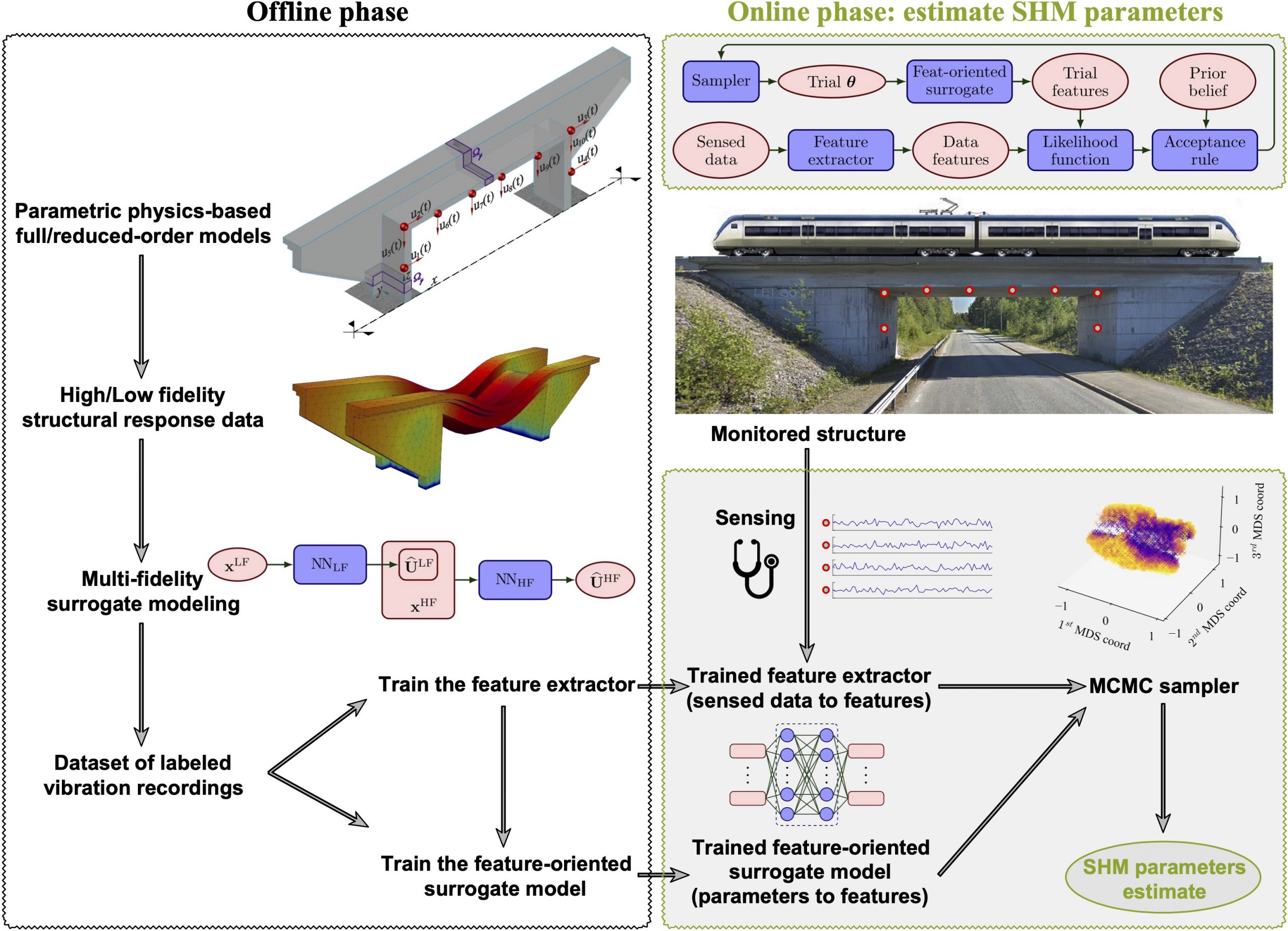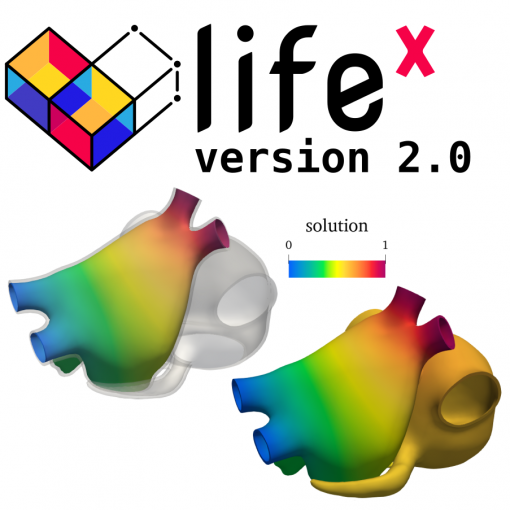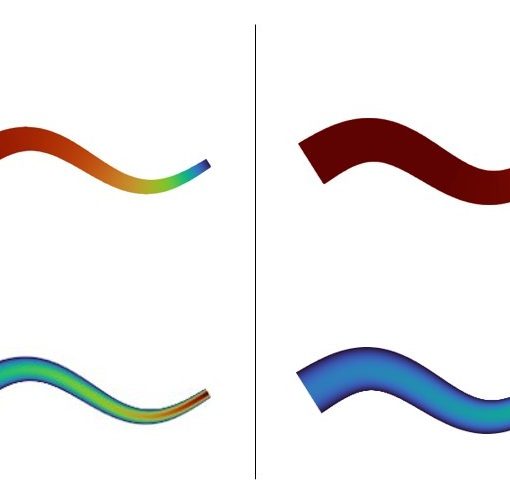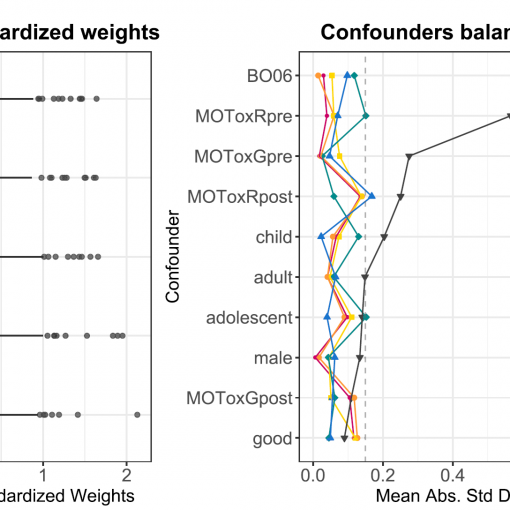A new MOX Report entitled “Enhancing Bayesian model updating in structural health monitoring via learnable mappings” by Torzoni, M.; Manzoni, A.; Mariani, A. has appeared in the MOX Report Collection. Check it out here: https://www.mate.polimi.it/biblioteca/add/qmox/06-2025.pdf Abstract: In the context of structural health monitoring (SHM), the selection and extraction of damage sensitive features from raw sensor recordings represent a critical step towards solving the inverse problem underlying the structural health identification. This work introduces a new way to enhance stochastic approaches to SHM through the use of deep neural networks. A learnable feature extractor and a feature-oriented surrogate model are synergistically exploited to evaluate a likelihood function within a Markov chain Monte Carlo sampling algorithm. The feature extractor undergoes a supervised pairwise training to map sensor recordings onto a low-dimensional metric space, which encapsulates the sensitivity to structural health parameters. The surrogate model maps the structural health parameters onto their feature description. The procedure enables the updating of beliefs about structural health parameters, effectively replacing the need for a computat! ionally e xpensive numerical (finite element) model. A preliminary offline phase involves the generation of a labeled dataset to train both the feature extractor and the surrogate model. Within a simulation-based SHM framework, training vibration responses are cost-effectively generated by means of a multi-fidelity surrogate modeling strategy to approximate sensor recordings under varying damage and operational conditions. The multi-fidelity surrogate exploits model order reduction and artificial neural networks to speed up the data generation phase while ensuring the damage-sensitivity of the approximated signals. The proposed strategy is assessed through three synthetic case studies, demonstrating remarkable results in terms of accuracy of the estimated quantities and computational efficiency.
You may also like
A new MOX Report entitled “Discontinuous Galerkin time integration for second-order differential problems: formulations, analysis, and analogies” by Ciaramella, G.; Gander, M.J.; […]
A new MOX Report entitled “The lifex library version 2.0” by Bucelli, M. has appeared in the MOX Report Collection. Check it […]
A new MOX Report entitled “On the inf-sup condition for Hierarchical Model reduction of the Stokes problem” by Temellini, E.; Ballarin, F.; […]
A new MOX Report entitled “Causal effect of chemotherapy received dose intensity on survival outcome: a retrospective study in osteosarcoma” by Spreafico, […]





